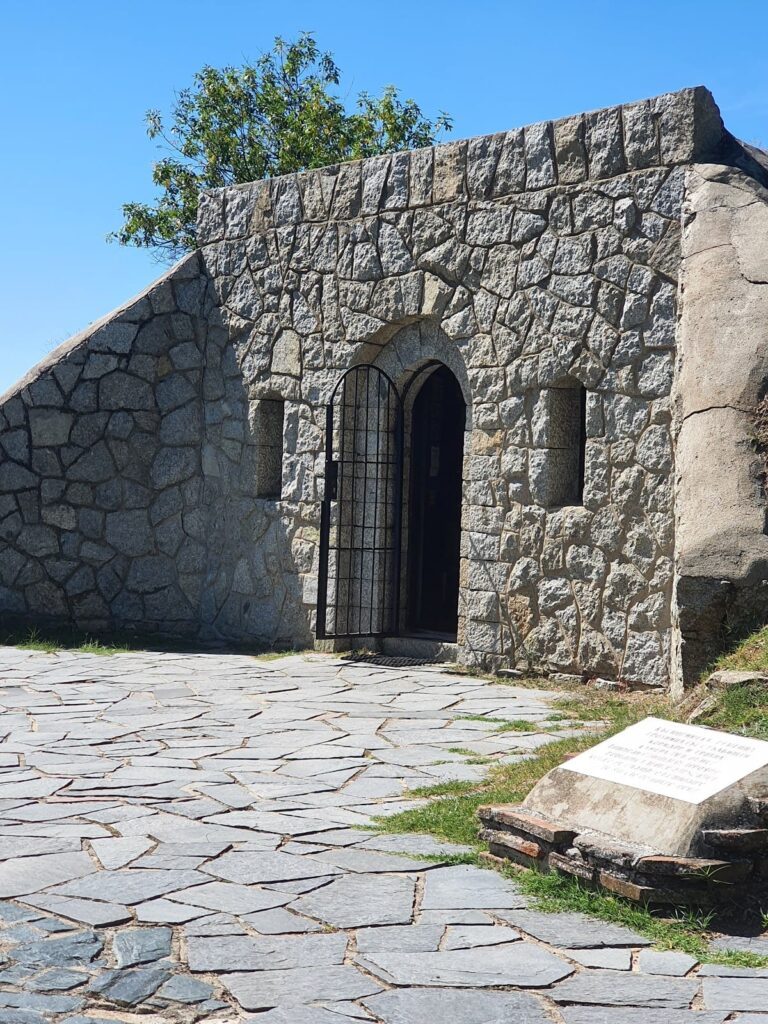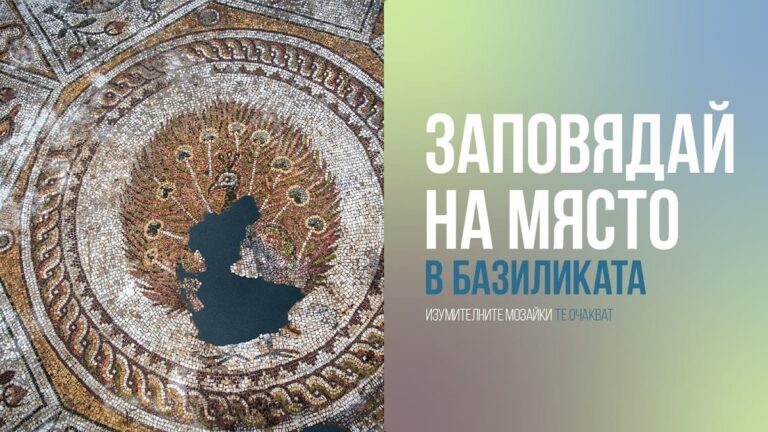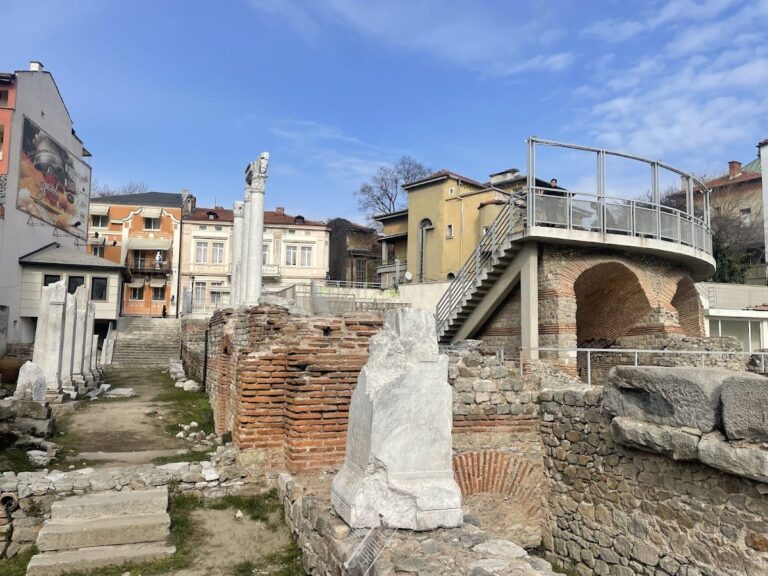Roman Tomb in Hisarya: A Late Roman Burial Site in Bulgaria
Visitor Information
Google Rating: 4.4
Popularity: Low
Google Maps: View on Google Maps
Official Website: www.museumhisarya.bg
Country: Bulgaria
Civilization: Byzantine, Roman
Remains: Burial
History
The Roman Tomb in Hisarya is located near the modern town of Hisarya in Bulgaria. It was built during the later period of the Roman Empire, specifically in the second half of the 4th century AD, within the era known as Late Antiquity. This period spans roughly from the 4th to the 6th centuries AD. The tomb is part of the ancient settlement of Diocletianopolis, the Roman name for the town that is now Hisarya.
The tomb served as a family burial site, reflecting the funerary customs of the time. It was constructed outside the fortified walls of Diocletianopolis, within one of five known necropolises surrounding the town. These burial grounds were used by the local population during the Late Roman period. The presence of two stone beds inside the tomb confirms its use for multiple family members.
Discovered in 1957 during archaeological excavations, the tomb is recognized as the most important Late Roman burial monument found in Bulgaria. Its elaborate interior decoration distinguishes it from other tombs in the region.
Remains
The Roman Tomb in Hisarya consists of a vaulted corridor with stairs leading down to a rectangular burial chamber. The chamber has an arched ceiling and is surrounded by six niches arranged symmetrically along its four walls. These niches likely held funerary objects or served symbolic purposes.
The walls of the chamber are decorated with floral motifs, including a well-preserved mural painting of roses in one niche. This rose image is among the earliest known examples found in Bulgarian territory. The floor features a colorful mosaic with geometric patterns, adding to the tomb’s artistic value.
Two stone beds are built into the interior walls of the burial chamber, confirming its function as a family tomb. Both the painted wall decorations and the mosaic floor have survived in good condition, allowing a clear view of the tomb’s original design. The tomb remains in situ and retains much of its original structure and decoration.










